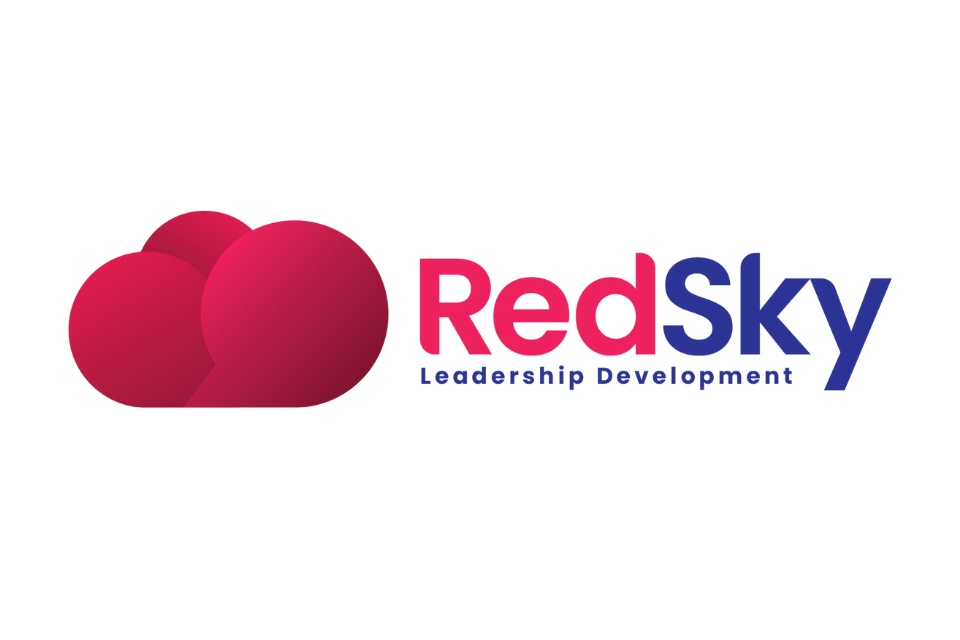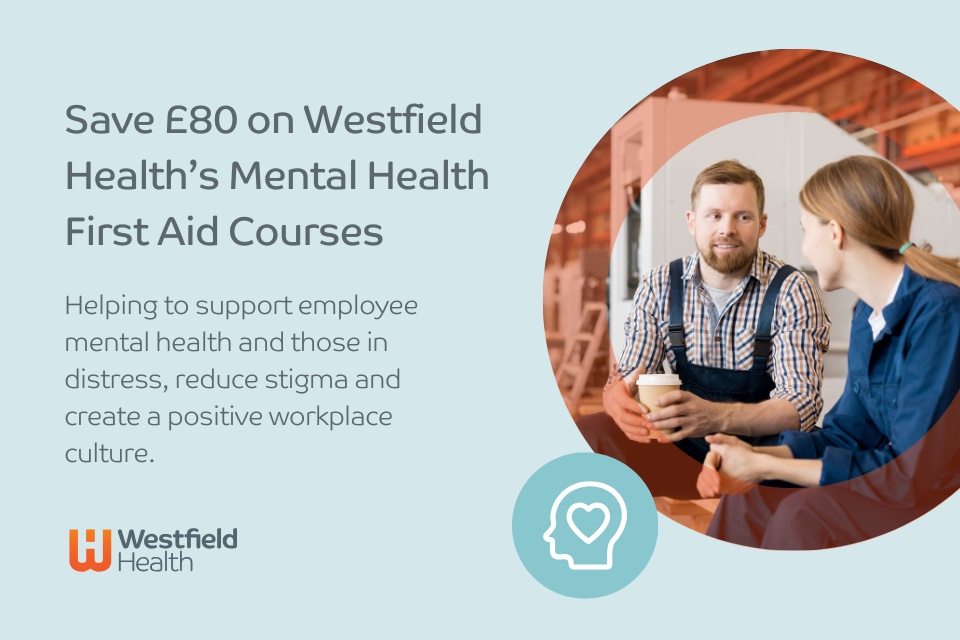By ENGAGE
Neil Young famously sang “It’s better to burn out than to fade away”. But is it really better to go out with a bang, rather than drift off into obscurity?
In the workplace we don’t want our people to do either. Yet according to a recent survey by Deloitte, 77% of all professionals have experienced burnout in their current job. Executive burnout in particular has been on the rise for a number of years, with the pandemic pushing this to new highs in the last 18 months.
The Global Leadership Forecast 2021 from Development Dimensions International shows that nearly 60% of leaders feel used up at the end of the workday, a strong indicator of burnout. More concerning still is that 44% of those leaders expect to change companies in order to advance, and 26% expect to leave within the next year.
With such a significant impact on both individual wellbeing and organisational performance and progress, how can organisations begin to address the burnout threat?
The first step is to recognise when leaders and employees burn out. It’s not as simple as just asking if they feel burned out: the majority will answer positively without fully understanding the nuances of what the term means.
What’s more, those most vulnerable to burn out are often those who love their jobs, are top performers, have commitment to the organisation, are resilient, and have effective coping mechanisms in place. This makes leaders more susceptible, but also means identifying an individual’s propensity to burn out becomes a highly complex task.
Identifying and measuring the often-hidden symptoms of burnout is, however, a step in the right direction. Understanding the critical pointers of burnout means it is possible to pinpoint certain individuals and groups who are more susceptible to burnout, and work in those areas to address root causes.
Of course, prevention is always better than cure. Preventing burnout must be as much of a focus as treating it for today’s leaders and HR departments. To achieve this, employee wellbeing needs to be a priority at every level, leadership included. It needs to be thought about holistically and the root causes addressed rather than just the symptoms.
Being strategic about preventing burnout rather than tactical is what will lead to positive change, and leaders can set the example by looking at their own individual propensity to being burnt out, ensuring they are preventing it in themselves first in order to role model best practice approaches for the rest of their organisation.
Have you checked in properly with your teams lately? If not find out how ENGAGE’s unique approach allows you to hone in on individual propensity to burnout, and what this means for leadership development in your organisation.









